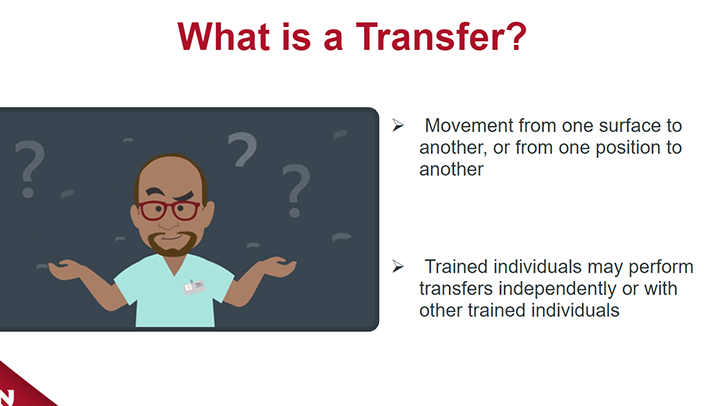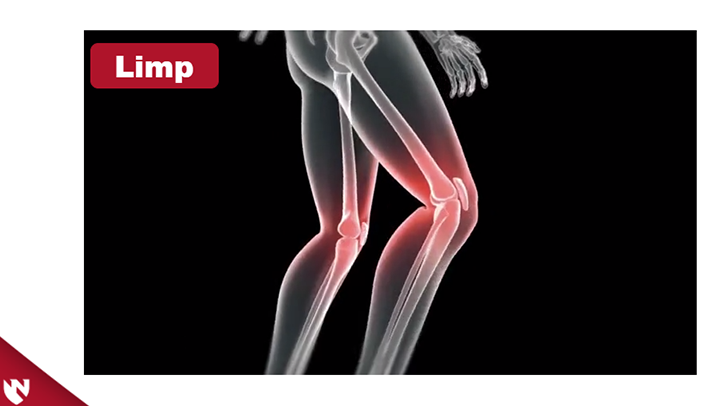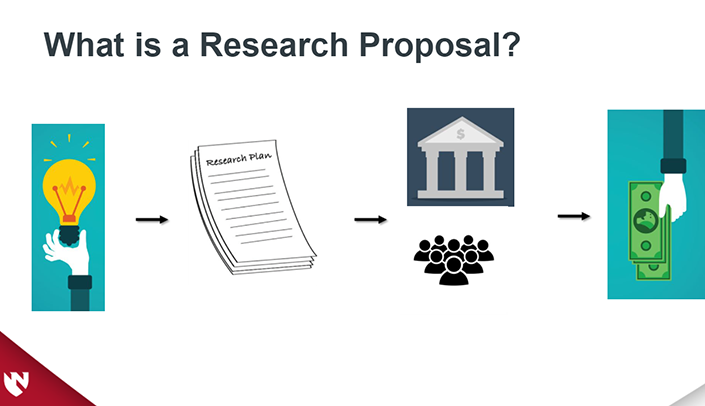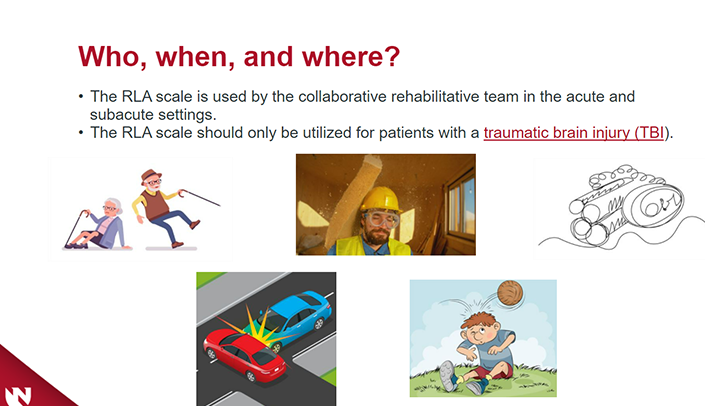E-Gallery
Electrical Safety in the Operating Room
In this module, learners will discover the key elements of electrical safety in the operating room. We will cover basic electricity physics, electrical shock, grounded and isolated power systems, and devices that monitor the integrity of these power systems.
Apr 11, 2022

Adapted Healthcare Delivery for Patients with Hearing Impairments
This interactive module identifies barriers physical therapists are facing in service delivery for patients with hearing impairments and introduces ADA as well as Universal Design Principles for students on how to effectively involve patients with hearing impairments in their plan of care. It also presents students with recommendations on how to adapt physical therapy services […]
Apr 11, 2022

Stability During Mobility: How to Select a Safe Patient Transfer
This module serves as an introduction to the different types of patient transfers that are used by health care professions, such as nursing, physical/occupational therapy, and radiography. By comparing transfer types, students can practice professional reasoning by selecting the safest transfer technique for patient scenarios.
Apr 11, 2022

Physical Examination of the Knee
This interactive e-module describes the aspects of a musculoskeletal knee examination. We discuss inspection, palpation, range of motion, and specific ligament integrity tests.
Apr 11, 2022

Writing Specific Aims
The Specific Aims page connects numerous proposal elements including significance, hypothesis, approaches, and outcomes/impact in a convincing and abbreviated manner. This module identifies the components of a Specific Aims page and their purpose. It guides the creation of a Specific Aims statement and facilitates analysis of effective and ineffective elements in an Aims page. The […]
Apr 11, 2022

Rancho Los Amigos Cognitive Scale
The Rancho Los Amigos (RLA) Cognitive Scale is a tool designed to aid clinicians in tracking recovery before and during the recovery and rehabilitation process. As a member of an interdisciplinary team, our role as physical therapists in understanding how patients are recovering from an injury to the brain is crucial. Recognizing how an individual is progressing […]
Apr 11, 2022
